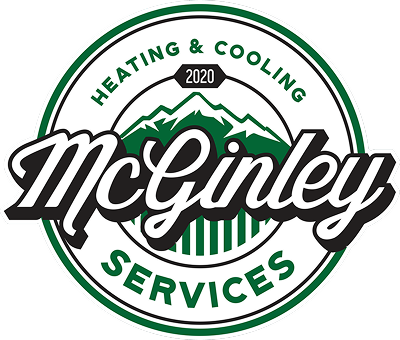
FAQ
-
Leo Smart Thermostats
-
Leo automatically adjusts your home’s temperature based on your schedule, the weather outside,and when you're home, ensuring optimal comfort while minimizing energy waste.
-
Yes! With the McGinley mobile app, you can control your thermostat from anywhere, set schedules, adjust temperatures, and monitor energy usage in real time.
-
Yes! Leo allows you to switch between Fahrenheit and Celsius with a simple setting adjustment, making it convenient for users regardless of their preferred measurement system.
-
Unlike other smart thermostats, Leo features an intuitive interface and adjusts to real-time weather changes, making it easy to keep your home comfortable and energy-efficient.
-
Leo is designed for quick and easy installation. It comes with a step-by-step guide, and most users can set it up in under 30 minutes. Professional installation is also available if needed.
-
-
Indoor Air Quality
-
Ultraviolet light (UV) forms part of the electromagnetic spectrum. Invisible to the human eye, it has a much shorter wavelength of visible light. UV light comes in three forms: UV-A, UV-B, and UV-C.
-
All three types are generated by the sun, but only UV-A and UV-B make it past our planet’s atmosphere. These rays are responsible for sunburn and skin damage. UV-C is by far the most harmful of the three, but these rays are fortunately stopped by the atmosphere before they reach us.
-
Provided the UV air purifier is of good quality; it will be completely safe to run. UV-C light is extremely harmful to the cells in our bodies, but UV air purifiers are made with UV lights that are enclosed in a sealed tube, which does not let any of the UV rays escape.
-
UV purifiers can cause a reaction in which oxygen (O2) is converted into ozone (O3). Ozone is a greenhouse gas that is harmful to humans. However, most UV light purification systems today use bulbs that have a special coating, which prevents the production of ozone in unsafe levels.
-
The cost of installing a UV air purifier will vary depending on the strength of the bulbs the system uses, the brand and model, and the contractor’s installation charges.
Nonetheless, the cost of installation can be as low as $300 to some systems being as much as $1500.
-
UV air purification systems can vary in the amount of energy they require to run. However, when compared with many other household appliances, the vast majority of them can be described as energy-efficient.
A typical UV air purifier will use around 50-150 watts of energy to run. When you think that a household light bulb uses 60 watts of energy, this is not much at all. All things considered, the total energy cost to run a UV air purifier amounts to $15-$30 a year.
-
An HVAC air filter performs an important role in trapping microbes. Nonetheless, even the best filters are incapable of removing 100 percent of the microbes contained in the air that passes through them. Microbes that do manage to find a way through can multiply and cause health problems for the inhabitants of a building.
UV light has the potential to eliminate the microbes that make it past the air filter. When used in conjunction with a high-quality HEPA or activated carbon filter, UV air purifiers are the best way of ensuring excellent, microbe-free air quality.
-
UV air purification systems can vary in the amount of energy they require to run. However, when compared with many other household appliances, the vast majority of them can be described as energy-efficient.
-
A typical UV air purifier will use around 50-150 watts of energy to run. When you think that a household light bulb uses 60 watts of energy, this is not much at all. All things considered, the total energy cost to run a UV air purifier amounts to $15-$30 a year.
-
The two main types of UV air purifiers are coil sanitizing lights and air sanitizing lights.
The most common type found in HVAC systems today are coil sanitizing lights. These systems include lights that are installed so that they shine directly onto the evaporator coils of the cooling unit. Coil sanitizing lights are effective at eliminating the microbial growth that can form in the moist environment around the evaporating coils. Coil sanitizing lights are left on permanently.
Air sanitizing lights are typically installed in the ductwork, which brings return air to the system. The idea is that they kill airborne microbes as they are circulated in the system airflow. Many air sanitizing light systems are designed to turn on and off as the HVAC system’s blower motor is turned on and off.
-
There are a number of tell-tale signs that you may need to replace your air purifier, including higher-than-usual electricity bills, abnormal humming or buzzing, or an increase in allergies. As a general rule, you should replace your purifier’s bulb every year to ensure it stays effective.
-

